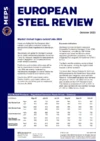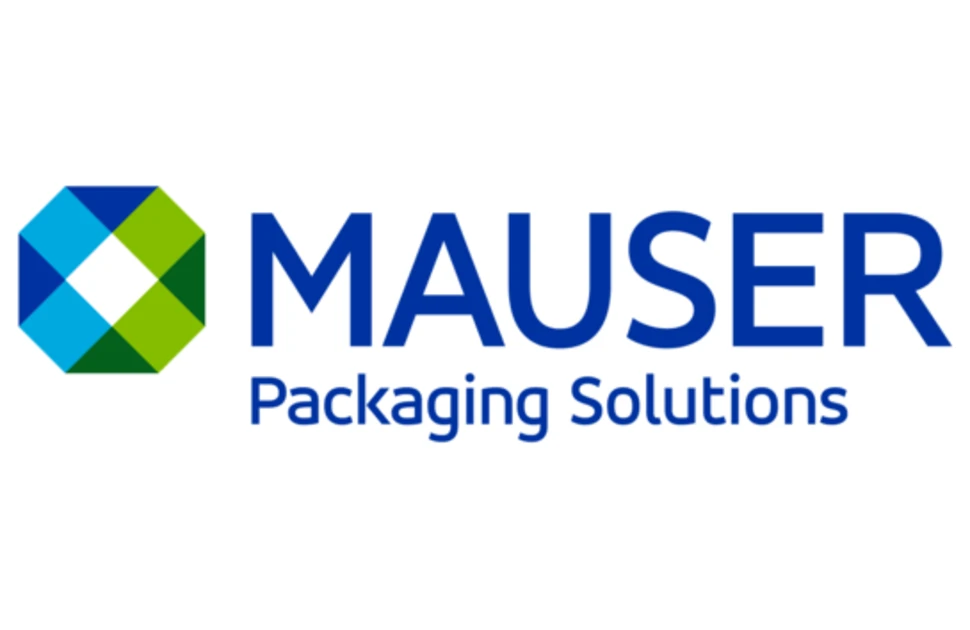Overcapacity risks ‘race to the bottom’ on steel prices
Overcapacity will continue to apply downward pressure to global steel prices regardless of stringent US import tariffs, trade defence measures or steelmakers’ production cuts.
Panellists on MEPS’s latest Speaking of Steel podcast concluded that low global steel demand, coupled with rising production in developing economies, will ensure that supply continues to outstrip demand for years to come.
Head of price analysis and forecasts, Kaye Ayub, data lead Ewan Gilfillan and steel market analyst Jon Carruthers-Green join MEPS managing editor Tom Sharpe for the latest instalment of Speaking of Steel.
“Overcapacity is going to be an issue for the next five, 10, 15 years,” Carruthers-Green told the new Speaking of Steel podcast, entitled “Overcapacity risks a ‘race to the bottom’ on steel prices”.
He added: “This is not going away quickly unless there are big announcements and what that would mean is that there would be lots of job losses and lots of plants closing down.”
Watch the full episode by clicking on one of the links below.
Gilfillan shared insight on the issue of global steelmaking overcapacity from the OECD's Steel Outlook 2025 in the Speaking of Steel podcast. The report highlighted that while OECD countries had reduced their steelmaking capacity by 0.2% between 2019 and 2024, non-OECD countries increased their capacity by 3.4%.
That trend is set to continue. Global excess steelmaking capacity is projected to reach 721 million tonnes by 2027 – up from around 600m tonnes in 2024 – exceeding the combined steel production of all OECD countries by 290m tonnes.
Efforts are being made to reduce production in China, which accounted for over 55% of global production in April, according to worldsteel data. Even if these efforts are successful, the growth ambitions of other nations – notably India – will continue to exacerbate oversupply. Furthermore, around 40% of the 165m tonnes of additional capacity additions anticipated between 2024 and 2027 rely on emissions-intensive blast furnace technology.
Ayub said that continued overcapacity in countries with low production costs and growth ambitions would ensure that the “imports will keep arriving” in the United States and EU, despite any increase in tariffs, duties or emissions-based import regulations, such as the EU’s Carbon Border Adjustment Mechanism (CBAM). However, these measures will serve to widen regional price disparities.
“We'll see some decoupling of pricing and we'll see bigger gaps between the regions going forward,” Ayub said.

Source:
European Steel Review
The MEPS European Steel Review is an informative, concise and easy-to-use monthly publication, offering unique professional insight into European carbon steel prices.
Go to productRequest a free publication





